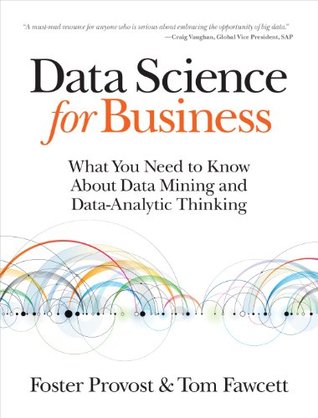More on this book
Community
Kindle Notes & Highlights
Read between
January 10 - January 12, 2017
Data-driven decision-making (DDD) refers to the practice of basing decisions on the analysis of data, rather than purely on intuition.
SVMs choose based on a simple, elegant idea: instead of thinking about separating with a line, first fit the fattest bar between the classes.
One can think of nonlinear support vector machines as essentially a systematic way of implementing the “trick” we just discussed of adding more complex terms and fitting a linear function to them. Support vector machines have a so-called “kernel function” that maps the original features to some other feature space.
the probability of A and B is the probability of A times the probability of B given A. In other words, given that you know A, what is the probability of B?
Bayes’ Rule says that we can compute the probability of our hypothesis H given some evidence E by instead looking at the probability of the evidence given the hypothesis, as well as the unconditional probabilities of the hypothesis and the evidence.
Indeed, based on the careful application of causal analysis, it was shown in the Proceedings of the National Academy of Sciences (Aral, Muchnik, & Sundararajan, 2009) that traditional methods for estimating the influence in viral marketing analysis over-estimated the influence by at least 700%!


